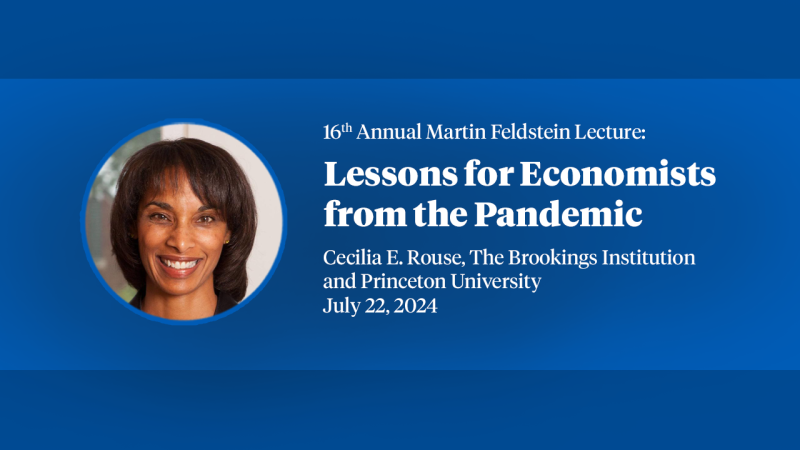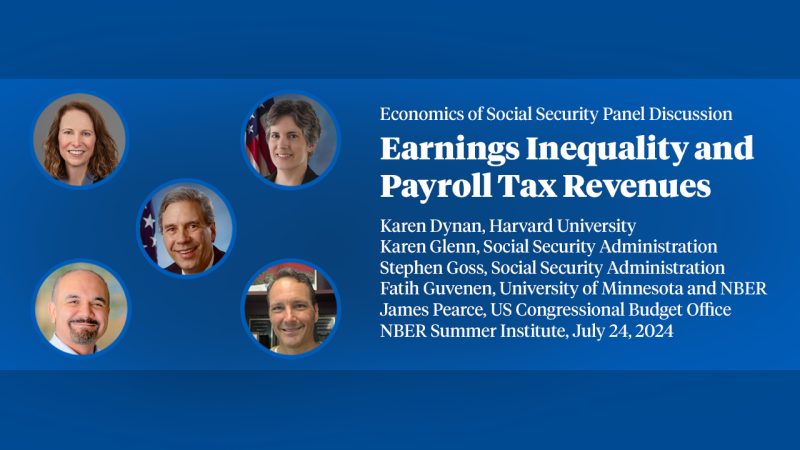Tradeoffs and Sacrifice over Rate Cycles: Activity, Inflation and the Price Level
Central banks often face tradeoffs in how their monetary policy decisions impact economic activity (including employment), inflation and the price level. This paper assesses how these tradeoffs have evolved over time and varied across countries, with a focus on understanding the post-pandemic adjustment. To make these comparisons, we compile a cross-country, historical database of “rate cycles” (i.e., easing and tightening phases for monetary policy) for 24 advanced economies from 1970 through 2024. This allows us to quantify the characteristics of interest rate adjustments and corresponding tradeoffs around activity, inflation, and the price level. We also calculate Sacrifice Ratios (output losses per inflation reduction) and document a historically low “sacrifice” during the post-pandemic tightening. This popular measure, however, ignores adjustments in the price level—which increased by more after the pandemic than in over the past four decades. Our results suggest a significant role for central banks’ monetary policy strategy (and particularly the timing and aggressiveness of rate hikes) in explaining these tradeoffs and how adjustments occur during tightening phases. Central bank credibility is the one institutional feature that corresponds to positive outcomes and no tradeoffs across the measures we assess.


